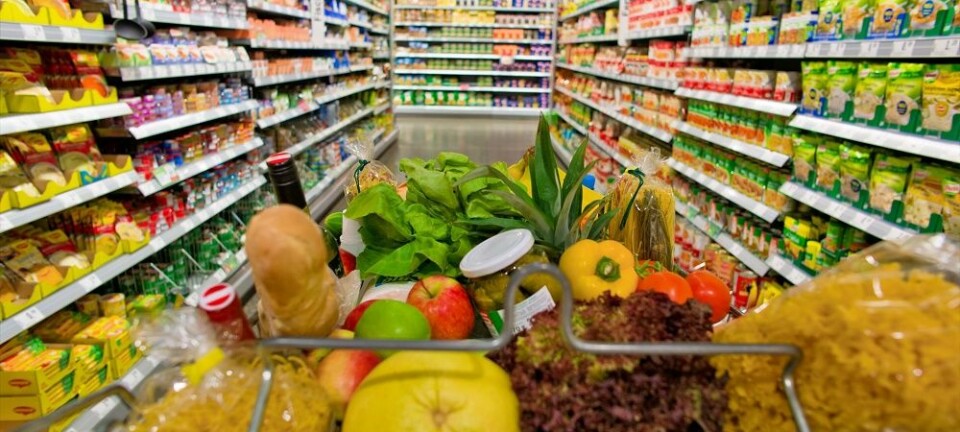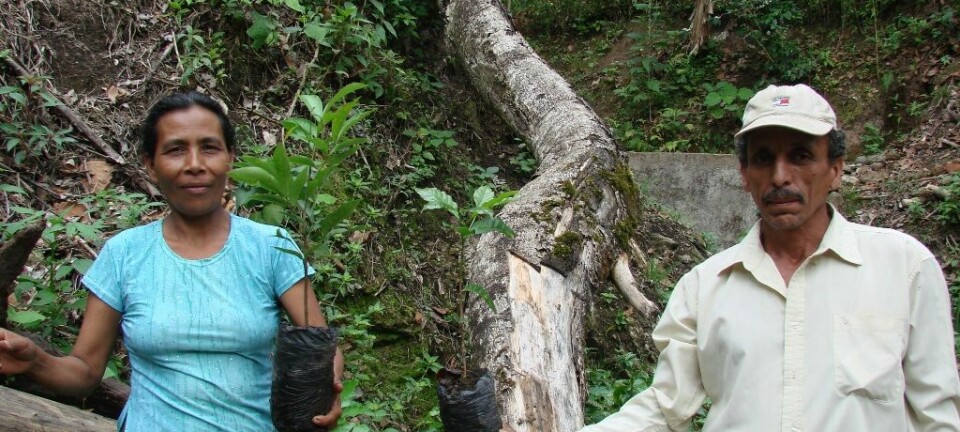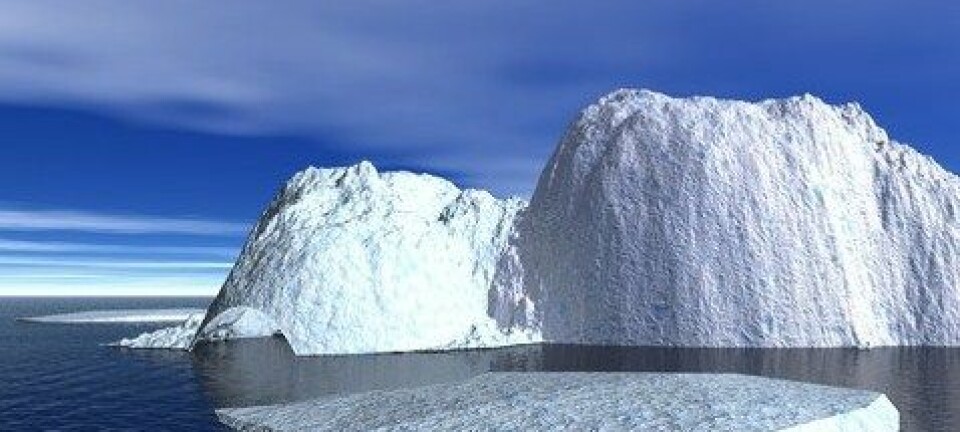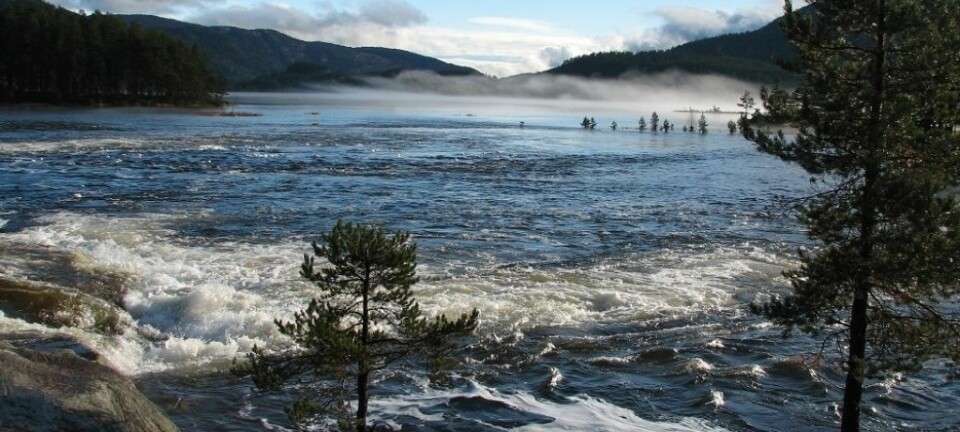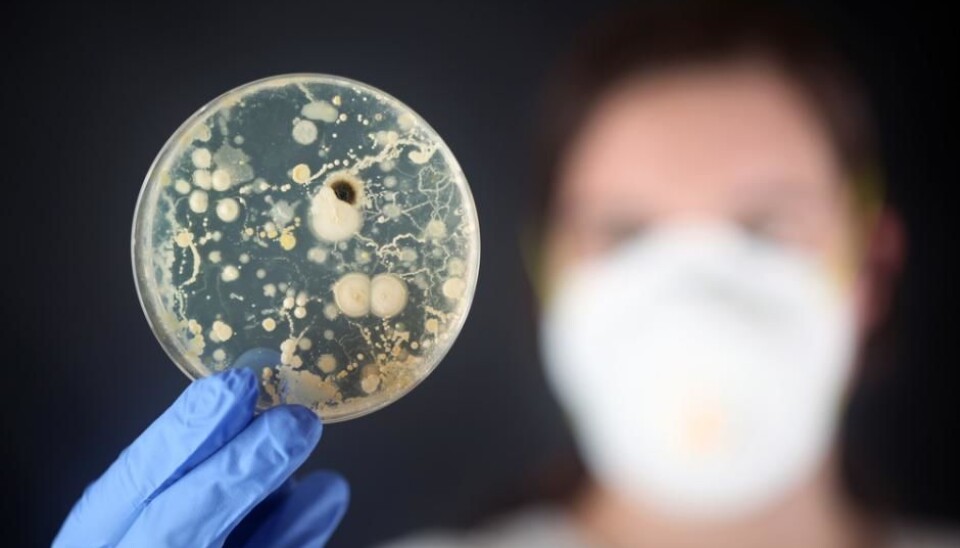
Scientists fling bacteria’s “black box” wide open
A new “genome-meter” will allow scientists to quickly identify the bacteria that live in waste water treatment plants, reducing the need for chemicals to clean our waste water.
When it comes to bacteria, it is good to know friend from foe, and that is exactly what a team of scientists in Denmark are trying to do, by studying bacteria in waste water treatment plants.
Waste water treatment depends on bacteria to clean the water, and this is where the project begins, says Professor Per Halkjær Nielsen, project leader at Aalborg University, Denmark.
“We don’t know the majority of bacteria in treatment plants and therefore the plant operation can be unpredictable. It’s like working with a black box,” he says.
Nielsen and his colleagues are modifying a machine that will be able to measure the bacterial composition of the water in record time, which has big advantages for water quality and environment, he says.
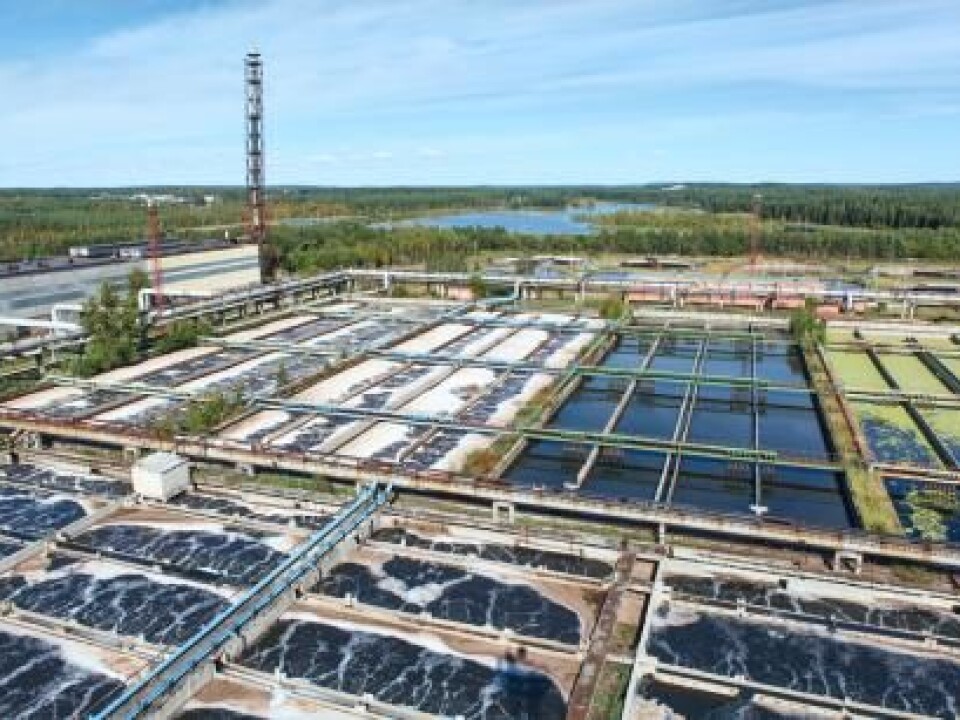
“It will improve water quality because you can control the content of harmful bacteria and so you don’t need to add so many chemicals as we do today. This means more effective water treatment and removal of, for example, nitrogen and phosphorus,” says Nielsen.
Lightning-quick overview of bacteria
Nielsen and his colleagues are modifying a handheld genome-meter to quickly identify the bacteria and therefore make the cleaning process and treatment plant easier to control.
“The plan is that you will be able to take a sample of [the water and get a breakdown] of the bacterial composition within one or two hours. Then you know if it’s good or bad bacteria and you can act accordingly,” he says.
But before they reach this stage, they first need to know more about the bacterial genomes that their new piece of tech must be able to identify.
A large part of the new project will therefore map the genetic material of as many bacteria as possible found in water treatment facilities. This will give them a database to compare their samples with, says Nielsen.
A field in rapid growth
Microbiologist, Kasper Urup Kjeldsen from Aarhus University, Denmark, thinks that this method has great potential.
He has used the method in many of his own studies looking at bacteria at the bottom of the ocean.
“Our ability to analyse large amounts of DNA for less money is increasing exponentially right now. With this, we can map genetic material around us in the environment and understand how ecosystems work—what exists at the bottom of the sea or in other places,” says Kjeldsen.
The scientists behind the water treatment project expect to have the first genome-meter ready for testing in the autumn of 2017. Mapping bacterial genomes will continue for several years, he says.
“Knowledge about bacteria types takes a long time to collect, so it’s an ongoing process. We know perhaps 30 of the most important bacteria in water treatment plants right now, but there are hundreds of others. It takes a long time to get a complete overview of them all and their function,” he says.
-----------------
Read more in the Danish version of this story on Videnskab.dk
Translated by: Catherine Jex
